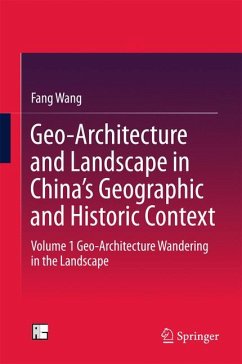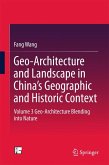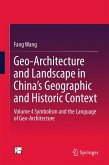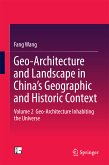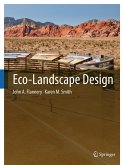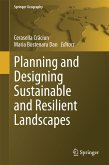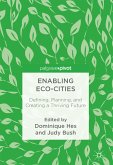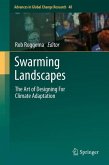This book analyzes forms of architectures within the frame concept of geo-architecture, and looks into the interaction of architecture and its environment. It starts by discussing the collisions between architecture and geography, humanity, as well as other architectures and reflects on the ancient Chinese notion of emotional relief and expression through natural landscape. It then studies important transportation and scenic routes, like pavilions, towers, clan halls and villages within architectural systems. It also discusses the forms of geographic integration and isolation expressed through architecture, which reflects their historical and cultural context. This book is the first of a 4-volume book series. The series develops the innovative concept of "geo-architecture" by exploring the myriad influences of natural, human and historical factors upon architecture. These influences are considered in three categories, namely, interaction between architecture and nature, interaction between architecture and its human users and change in architecture over time--each category serves as a lens. Augmenting these lenses is the Time-Person-Place concept applied different geographic. The analysis ultimately focuses on two aspects: geographic influence on architecture and architectural response to geography. The over 1000 pictures of case architectures enriches the study with stunning and unique visual angles.
"This unprecedented work will be a unique and valuable contribution to the literature. Integrating as it does the disciplines of architecture, landscape architecture, and geography, Wang Fang's voice is original, compelling, and will be much appreciated by English-speaking readers (and inside China, too, I can only imagine.)"
Stephen M Ervin Assistant Dean Graduate School of Design, Harvard University July 2nd, 2013
"One reason for why there would be interest is because her research would fill some significant gaps in the literature.
What is novel about Dr. Wang's series is that she further extends this intellectual project of looking at Chinese architecture through Chinese eyes, by taking it one provocative step further."
Annette M. Kim Associate Professor Department of Urban Studies and Planning, M.I.T. July 1st, 2013
Dieser Download kann aus rechtlichen Gründen nur mit Rechnungsadresse in A, B, BG, CY, CZ, D, DK, EW, E, FIN, F, GR, HR, H, IRL, I, LT, L, LR, M, NL, PL, P, R, S, SLO, SK ausgeliefert werden.
Es gelten unsere Allgemeinen Geschäftsbedingungen: www.buecher.de/agb
Impressum
www.buecher.de ist ein Internetauftritt der buecher.de internetstores GmbH
Geschäftsführung: Monica Sawhney | Roland Kölbl | Günter Hilger
Sitz der Gesellschaft: Batheyer Straße 115 - 117, 58099 Hagen
Postanschrift: Bürgermeister-Wegele-Str. 12, 86167 Augsburg
Amtsgericht Hagen HRB 13257
Steuernummer: 321/5800/1497
USt-IdNr: DE450055826
Bitte wählen Sie Ihr Anliegen aus.
Rechnungen
Retourenschein anfordern
Bestellstatus
Storno

